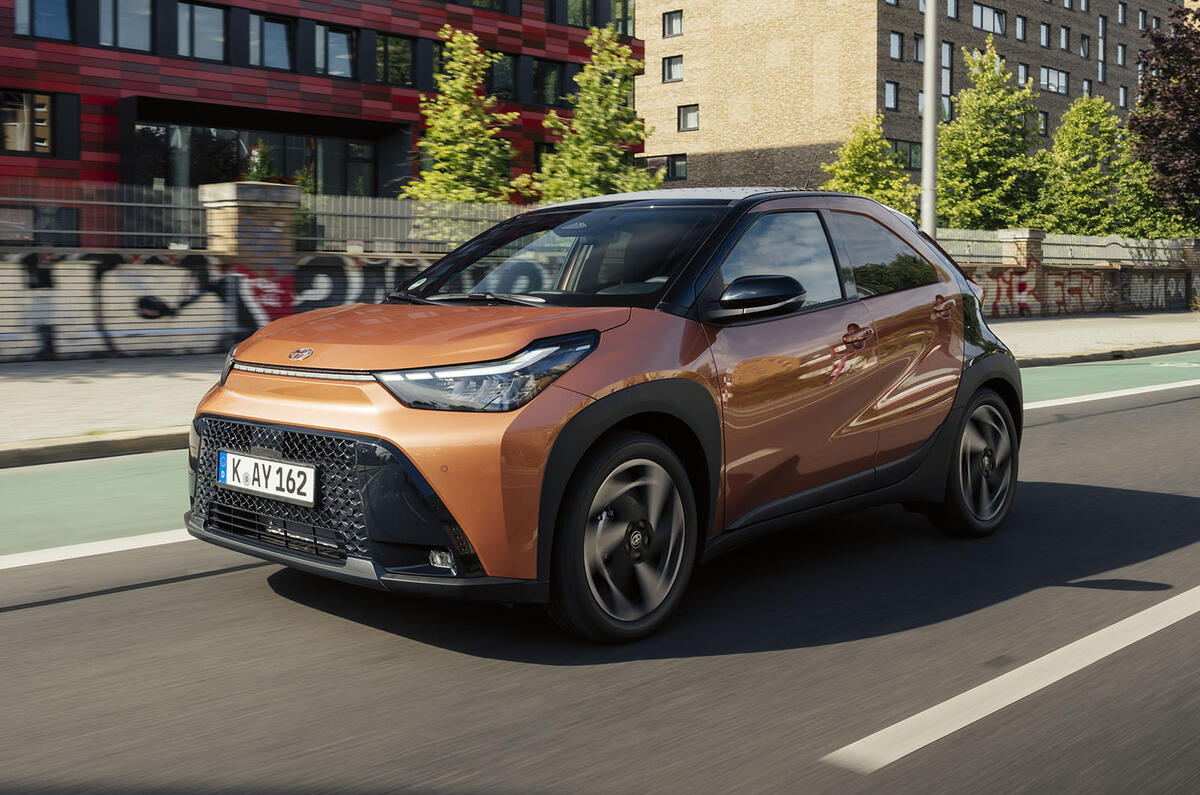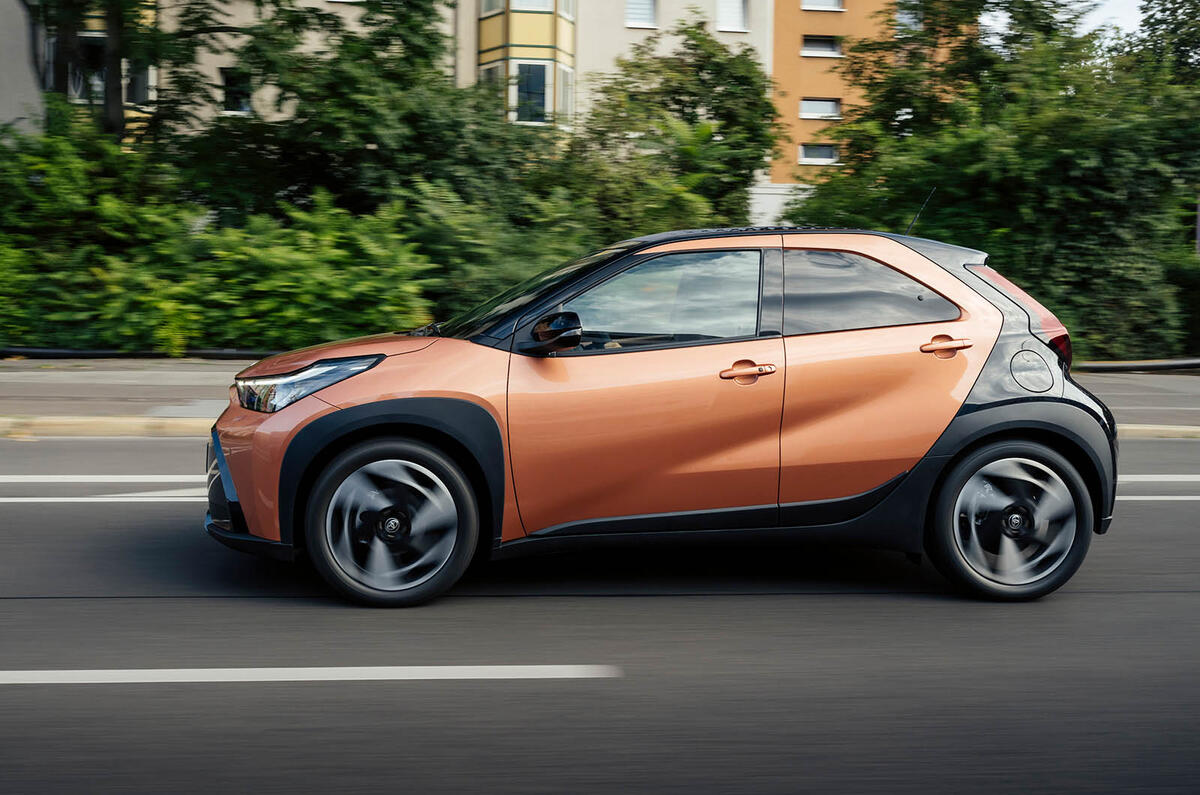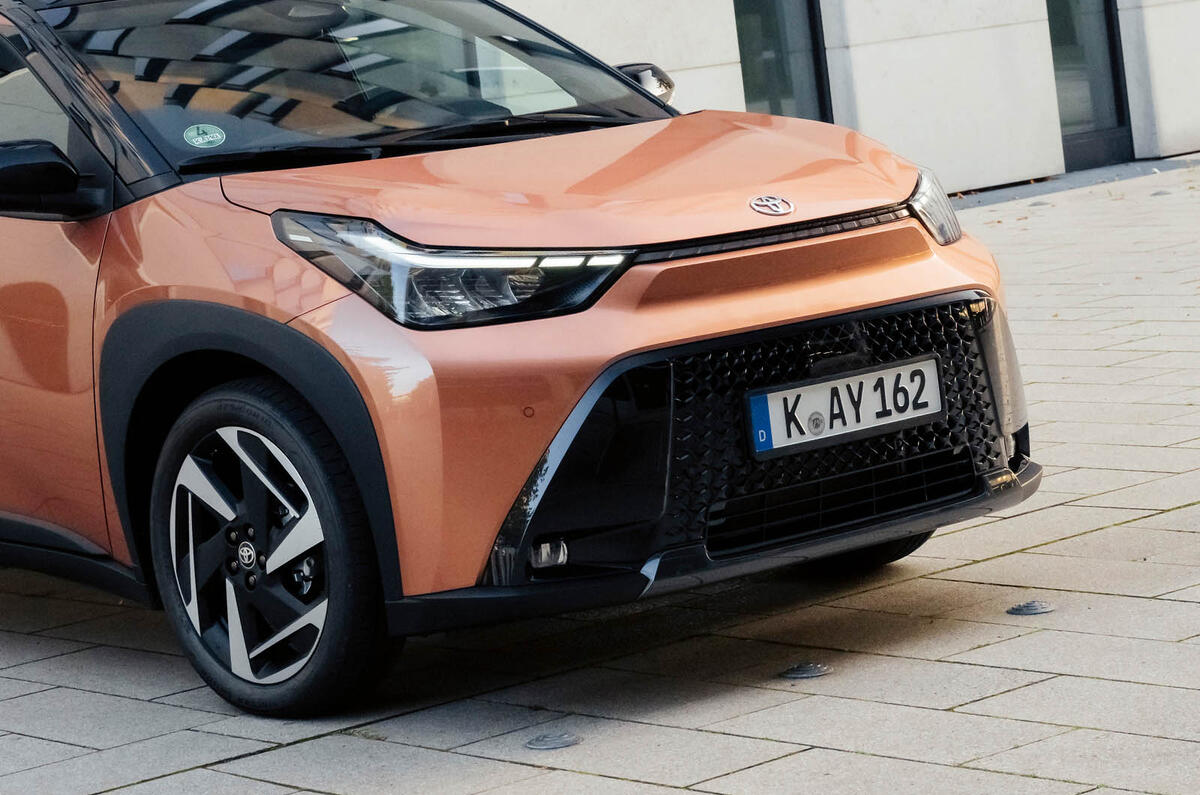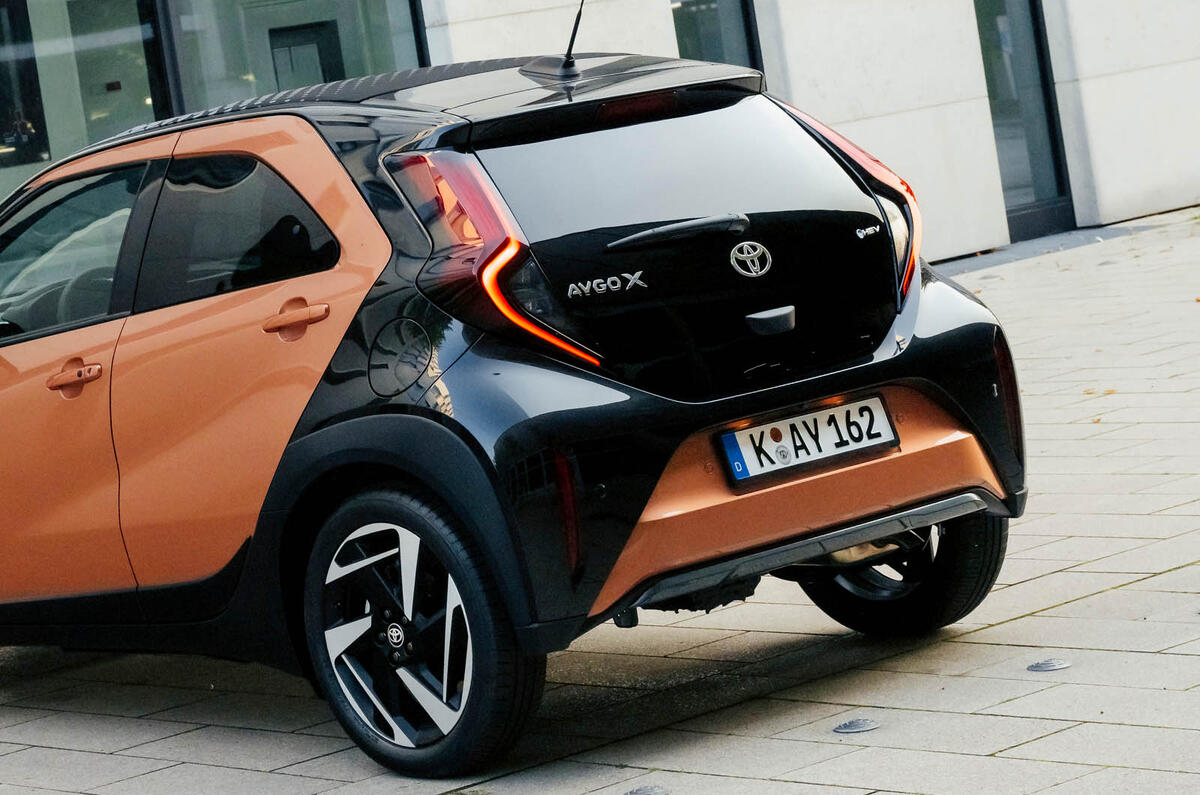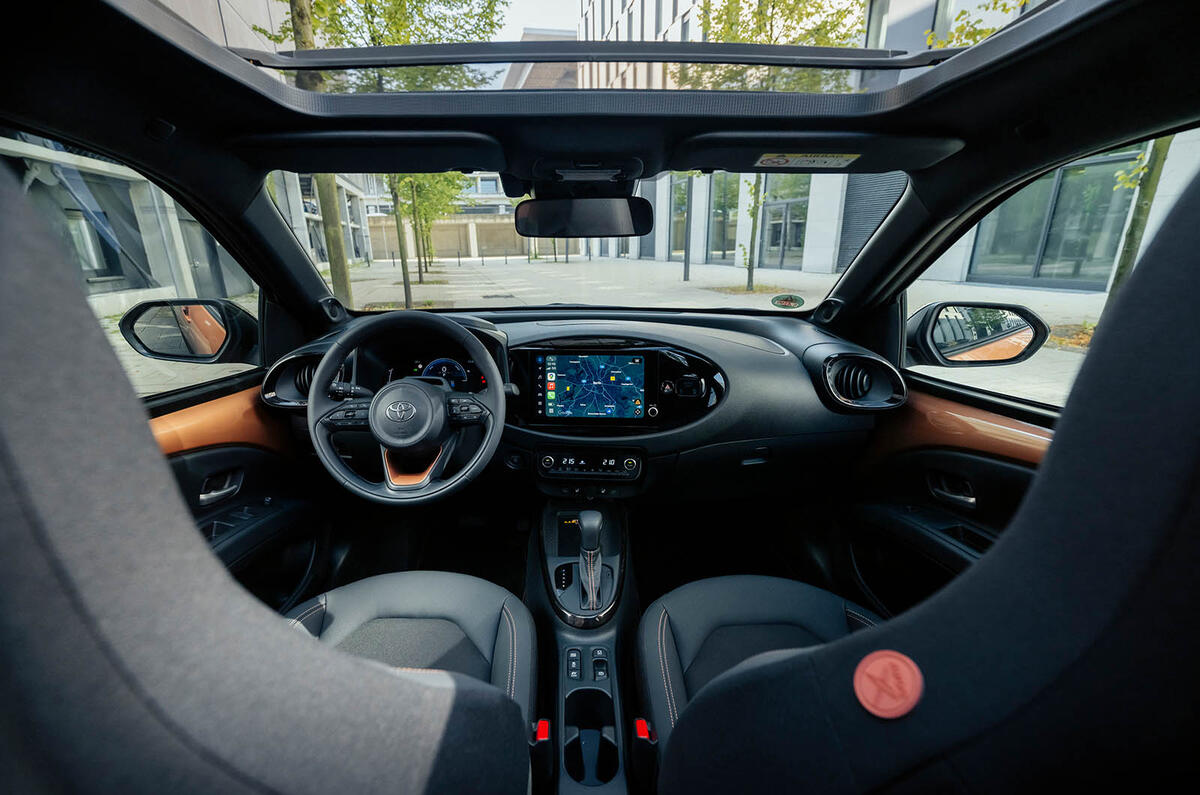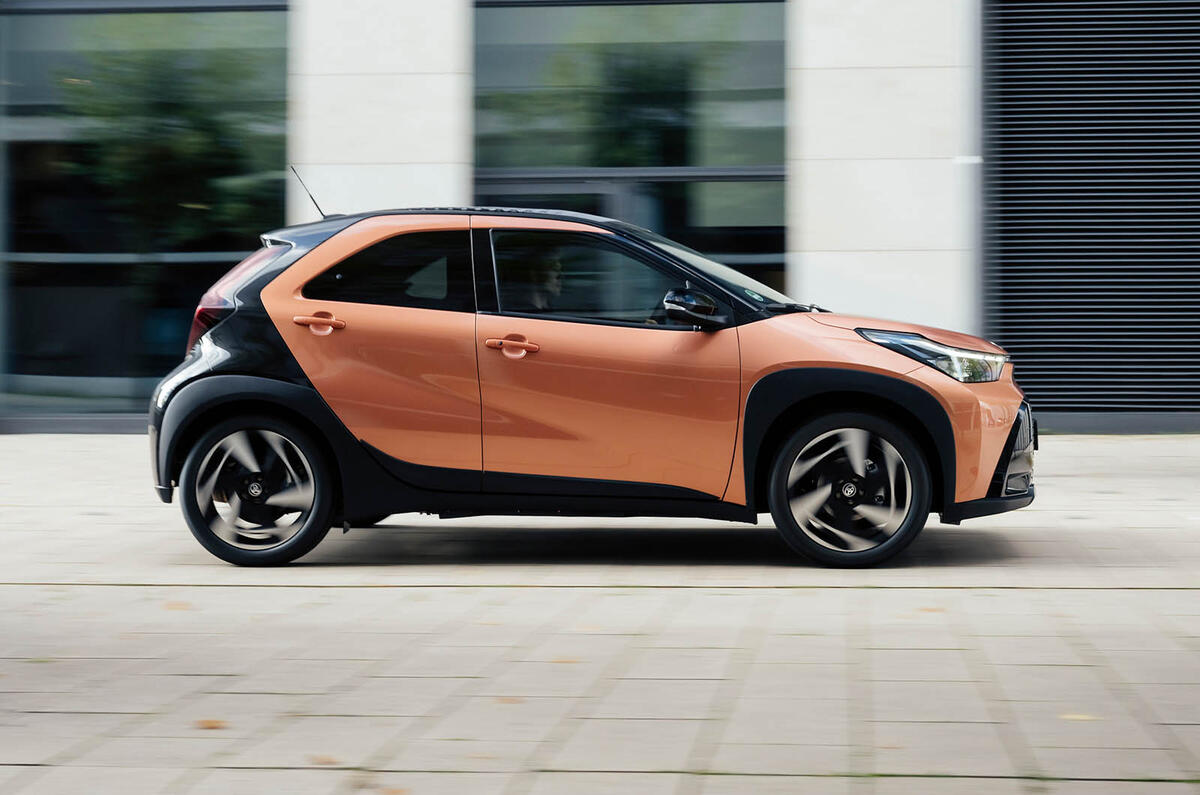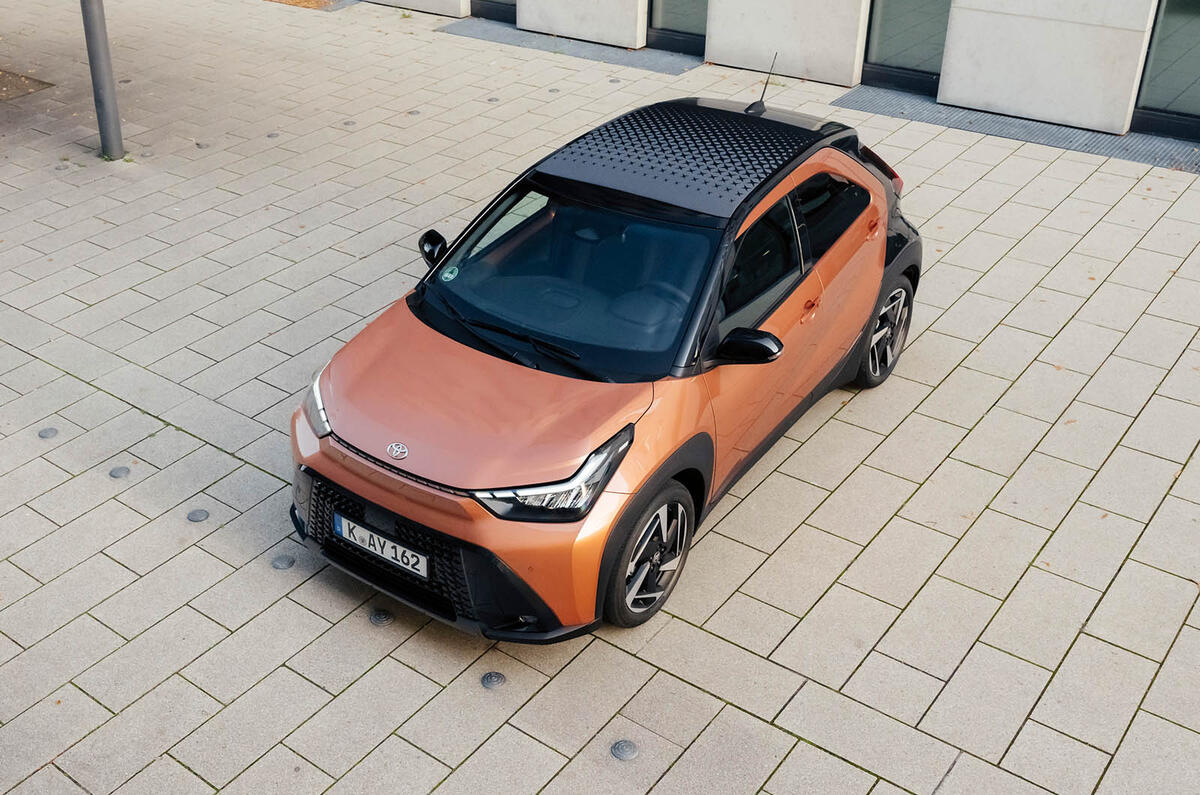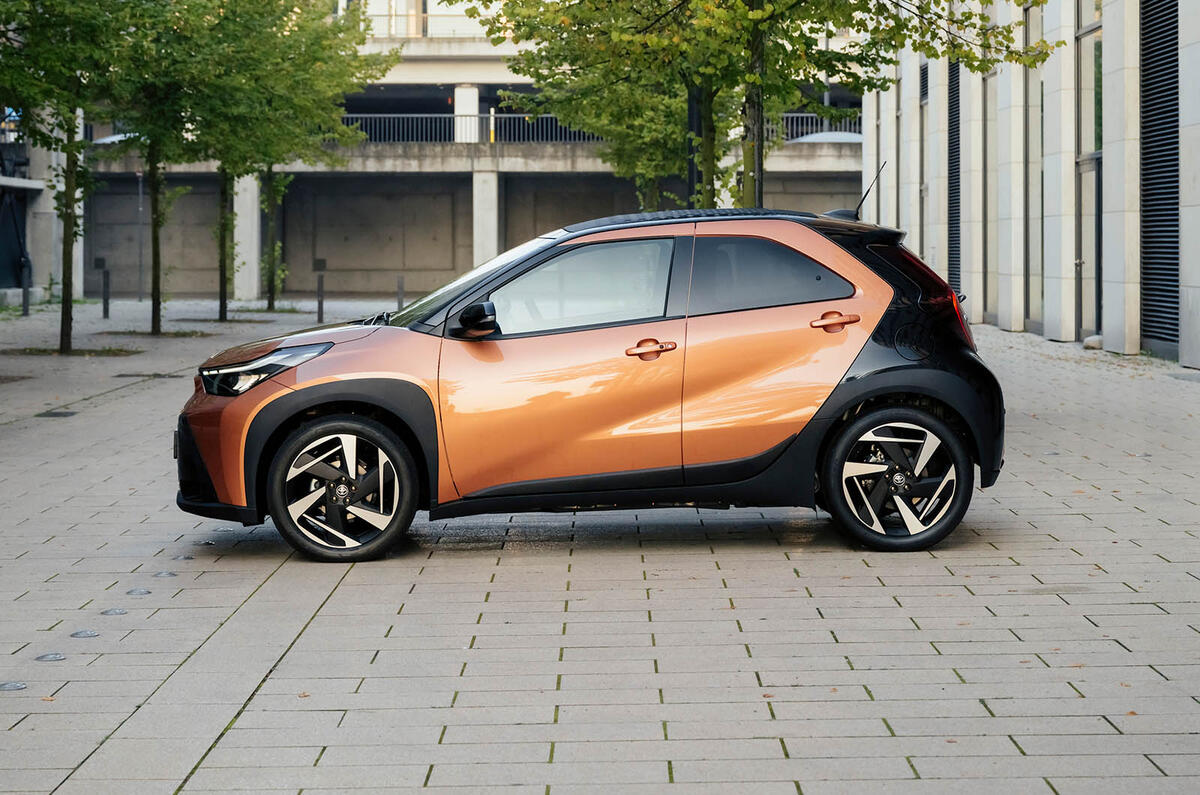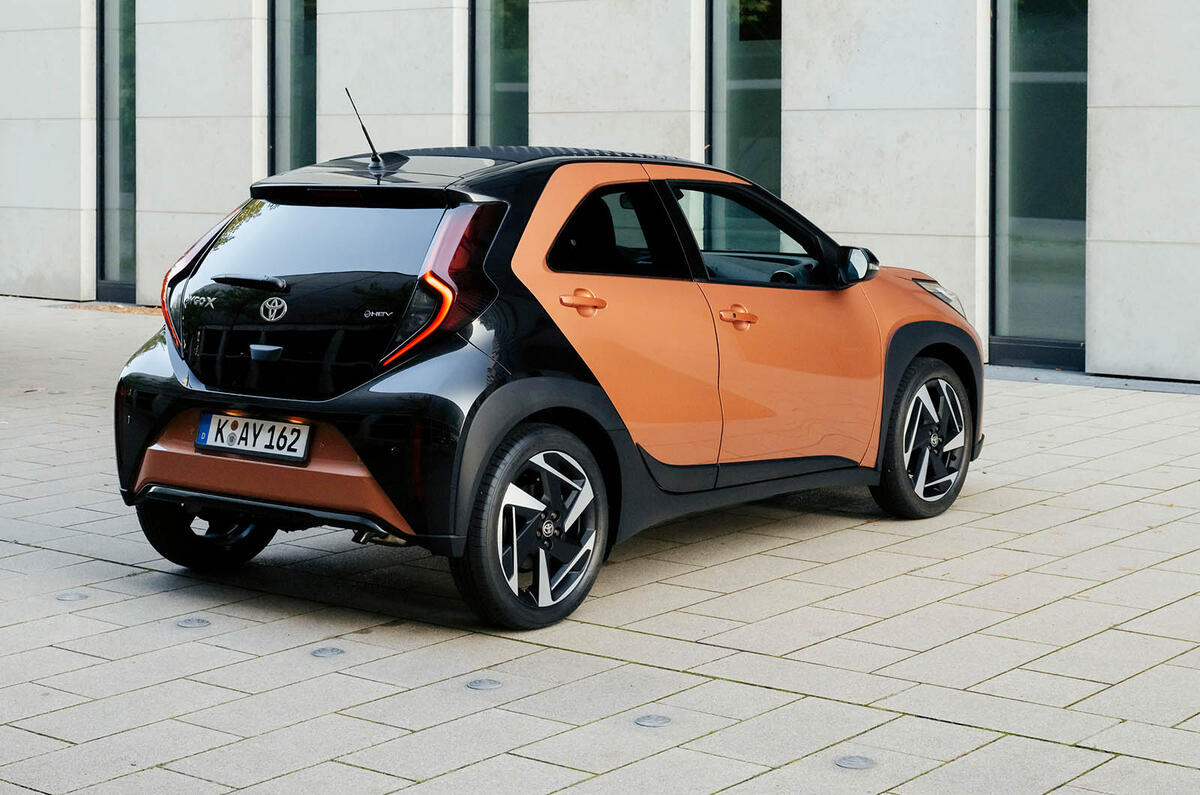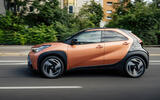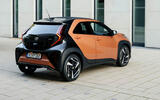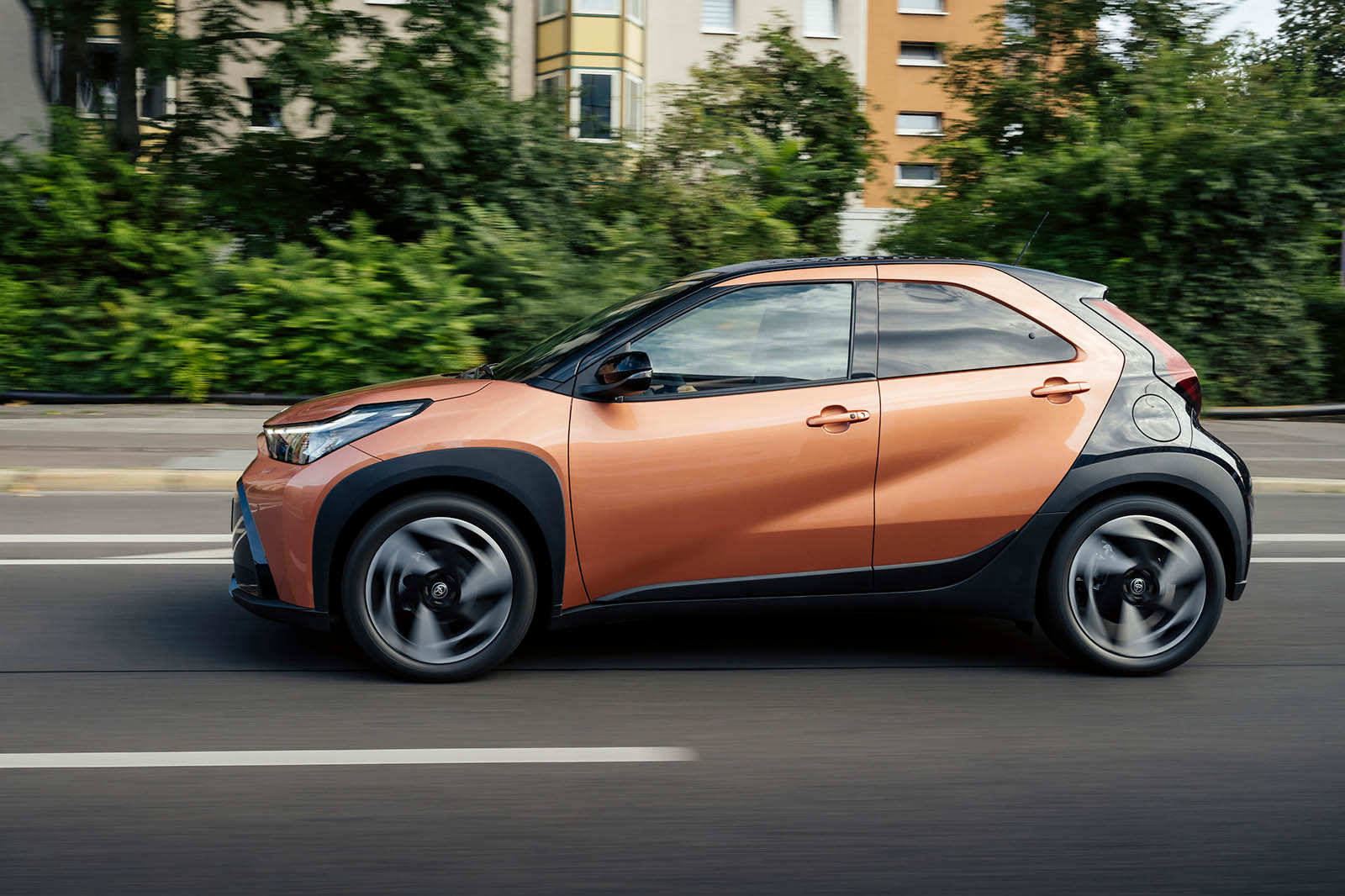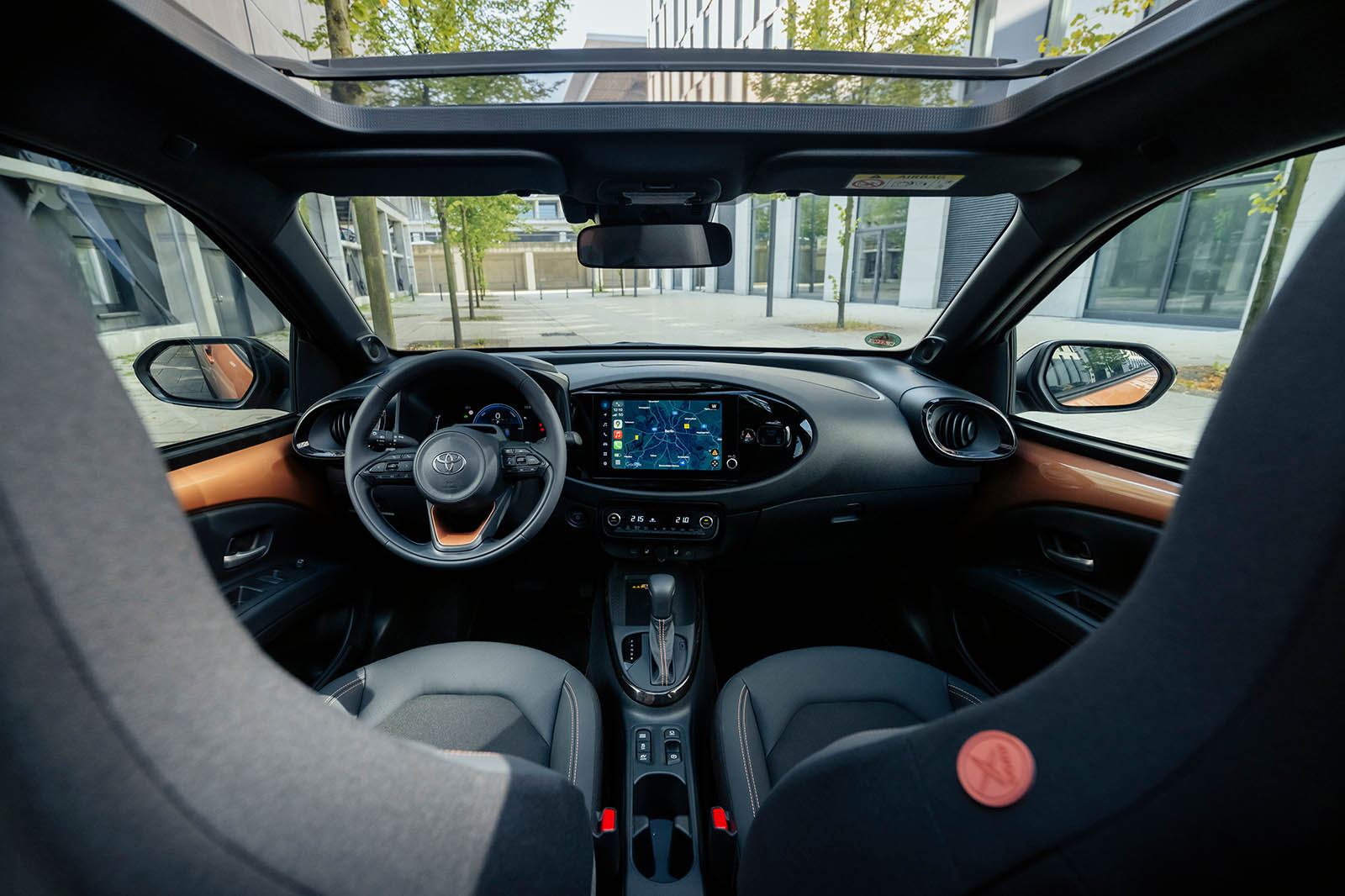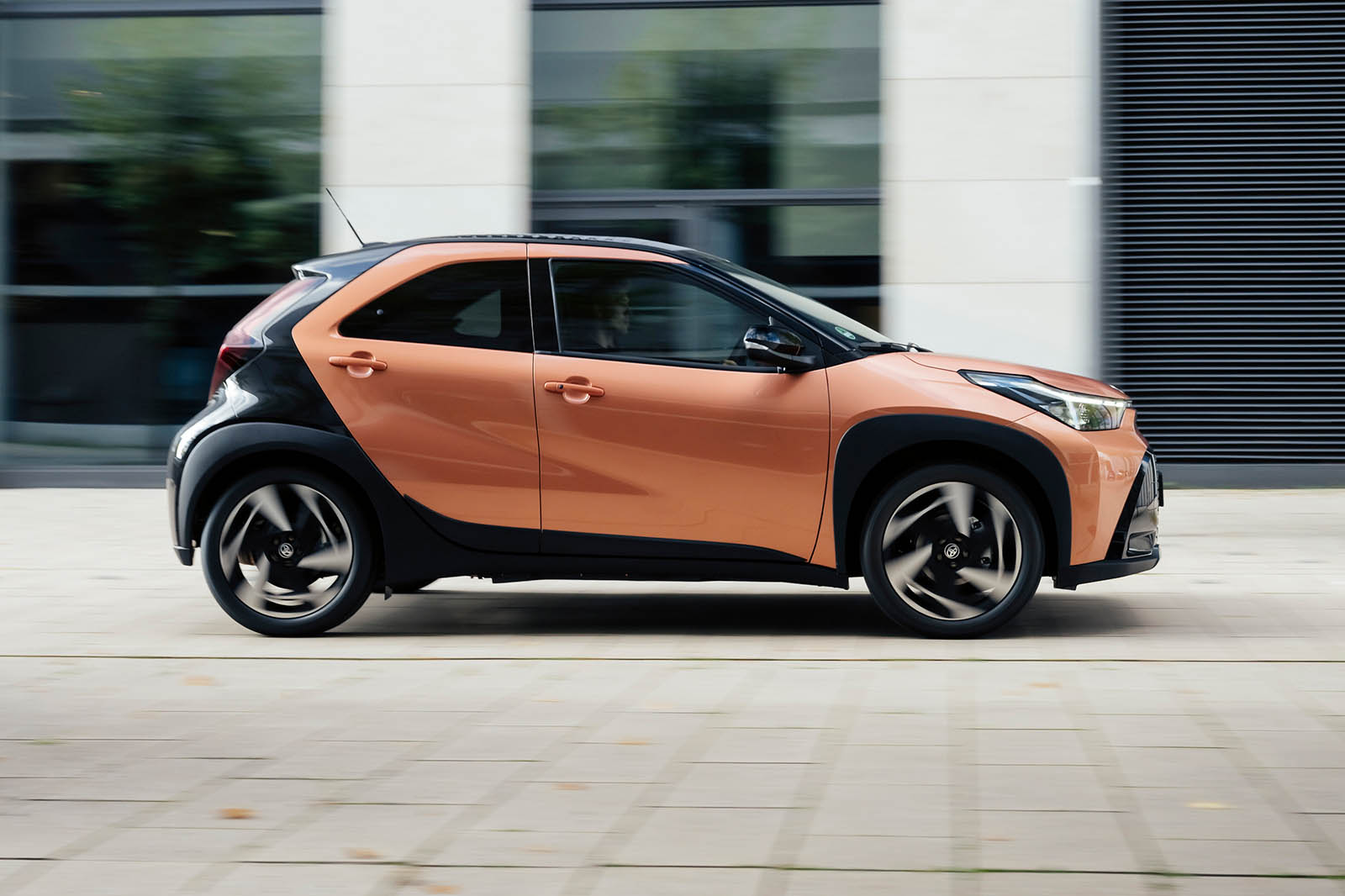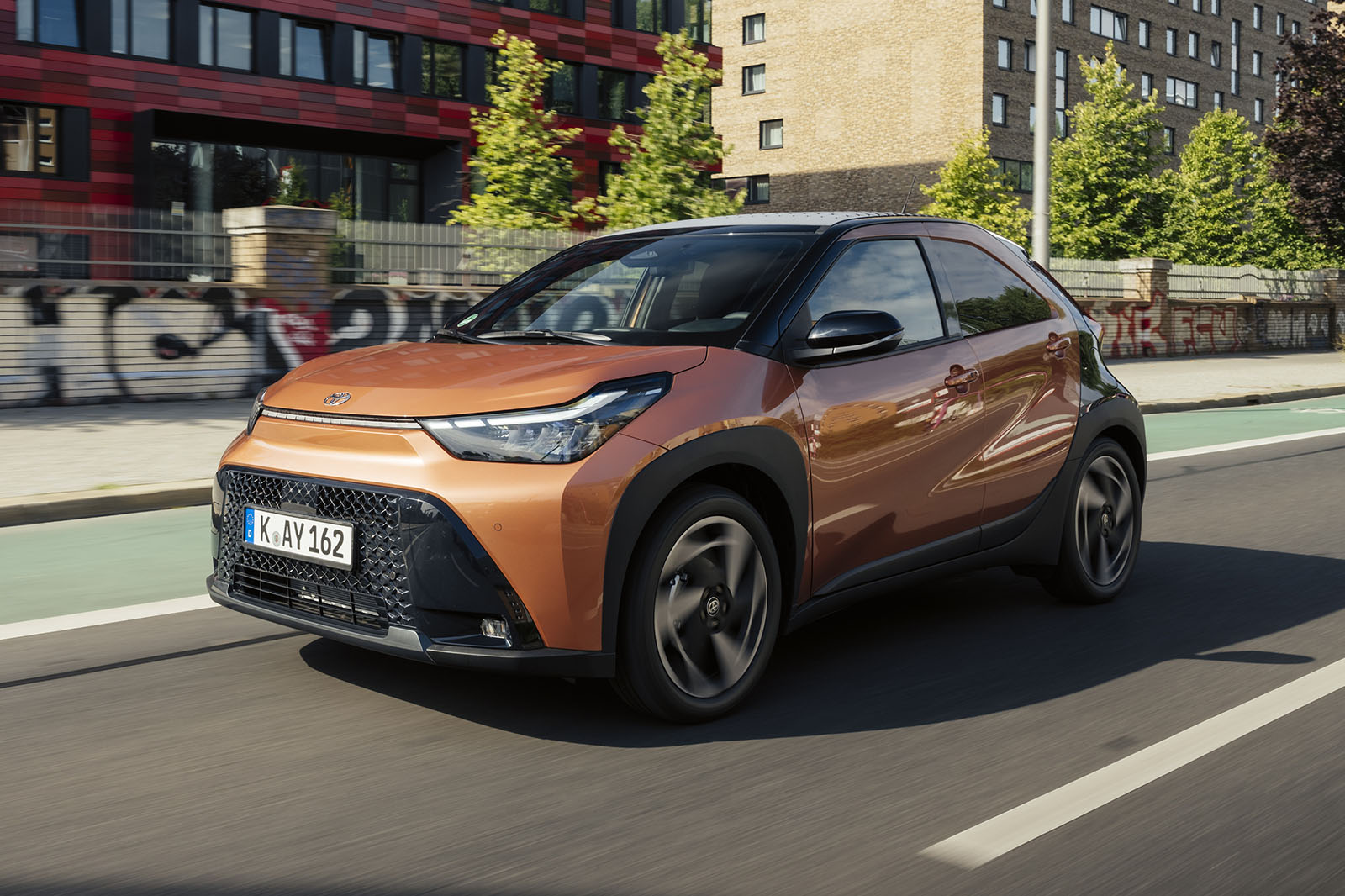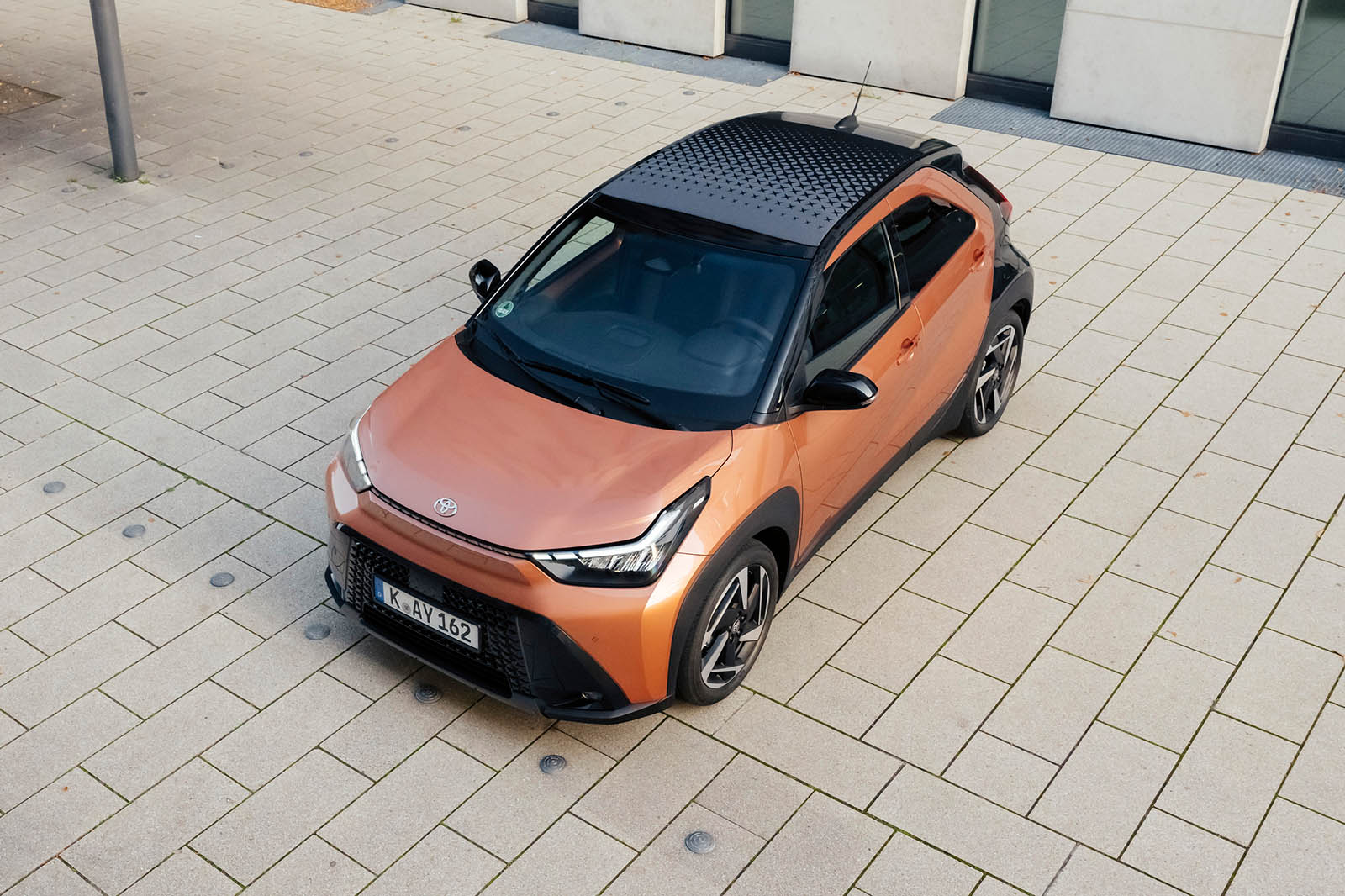Initially this might appear a minor facelift of the Toyota Aygo X, with a slightly restyled front end, some new colours and trim and a largely untouched interior.
Far from it. Under the skin Toyota has quite literally crammed in the changes: this is basically a new machine shoehorned into the body of an existing one.
Before explaining what has changed on the city car, the consequences of those changes can be encapsulated in one statistic: 86mpg. That was the remarkable indicated fuel economy – achieved without any hypermiling efforts – that our Aygo X test car achieved after an extended test loop covering city streets, country roads and even some motorway, exceeding the already impressive 74.3mpg official figure.
So it's massively efficient, and a full instrumented road test at MIRA will in a few weeks' time shed further light on the true extent of the Aygo X's parsimony.
That efficiency – and the car’s low 87g/km CO2 emissions – is partly down to Toyota's decision to swap the Aygo X’s 1.0-litre three-pot petrol engine for the 1.5-litre hybrid system deployed in the larger Toyota Yaris. And that makes the Aygo X unique: it’s the only full hybrid in the city car class. This move is intended to make the model an alternative to the growing rank of small electric cars, not to mention helping Toyota’s fleet emission targets.
Given small petrol cars have felt like an endangered species in recent years, with safety and emissions regulations pushing up costs and eroding profit margins, while consumer demand shifts towards bigger SUVs, it’s an interesting proposition.


